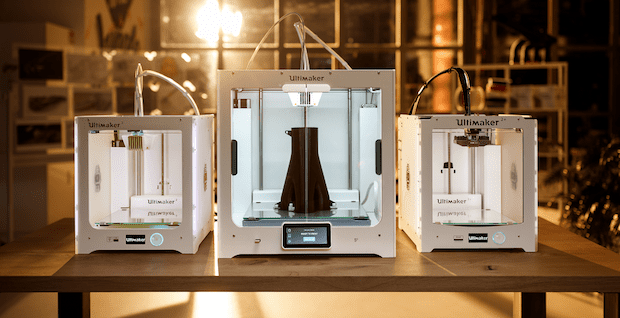John Kawola, President of Ultimaker, North America, said, “The Materialise certification of the 3D printing workflow when used with Mimics inPrint reduces the safety and quality-control burden on doctors and hospitals with its clearance by the FDA.”
Software as a medical device
In 2013, International Medical Device Regulators Forum (IMDRF), an organization for medical device regulation, published the FDA-agreed document Software as a Medical Device (SaMD): Key Definitions. The document defines SaMD as: “software intended to be used for one or more medical purposes that perform these purposes without being part of a hardware medical device.”
In the above definition software used for diagnosis, prevention, monitoring of disease and software used for investigation of anatomy for medical purposes is considered for certification.
Furthermore, the 21st Century Cures Act, introduced in 2016, was appended to include documentation clarifying the definition of a medical device. After this publication, Materialise Mimics Innovation Suite became the first medical software to receive Class II certification from the FDA.
As such, the company has been validating various 3D printers under the FDA umbrella of its software, including, most recently three Stratasys 3D printers.[/vc_column_text][vc_single_image image=”4458″ img_size=”full” add_caption=”yes”][vc_column_text]Ultimaker S5 fitness for medical use
The FDA guidelines make it clear that 3D models for diagnostic and other medical purposes must be created using FDA-approved software, such as the Materialise Mimics inPrint. Moreover, making such models using Mimics inPrint also require that they are made with a compatible printer and materials combination approved by Materialise.
For this purpose, Materialise tested the compatibility of PLA 3D printed on the Ultimaker S5 for diagnostics, then conducted a thorough analysis of the part quality.
Bryan Crutchfield, Materialise’ Vice President and General Manager, North America, explained that by passing these internal tests “Ultimaker will improve access to 3D printed anatomical models to aid in surgical planning and multidisciplinary team communication.”
The AM Chronicle Editorial Team is a collective of passionate individuals committed to delivering insightful, accurate and engaging stories to additive manufacturing audiences worldwide.



